

In 2025, users no longer settle for generic digital experiences.
They expect websites to recognize them, understand their needs, and deliver tailored content instantly. Whether it’s custom product recommendations, personalized greetings, or dynamic CTAs—website personalization is no longer optional—it’s essential.
With the rise of AI, machine learning, and behavioral analytics, businesses now have the power to create websites that adapt in real-time—turning every visit into a highly relevant, conversion-ready experience.
This blog explores the future of website personalization, how AI and data are changing the game, and how you can implement personalization strategies to increase engagement, conversions, and customer loyalty.
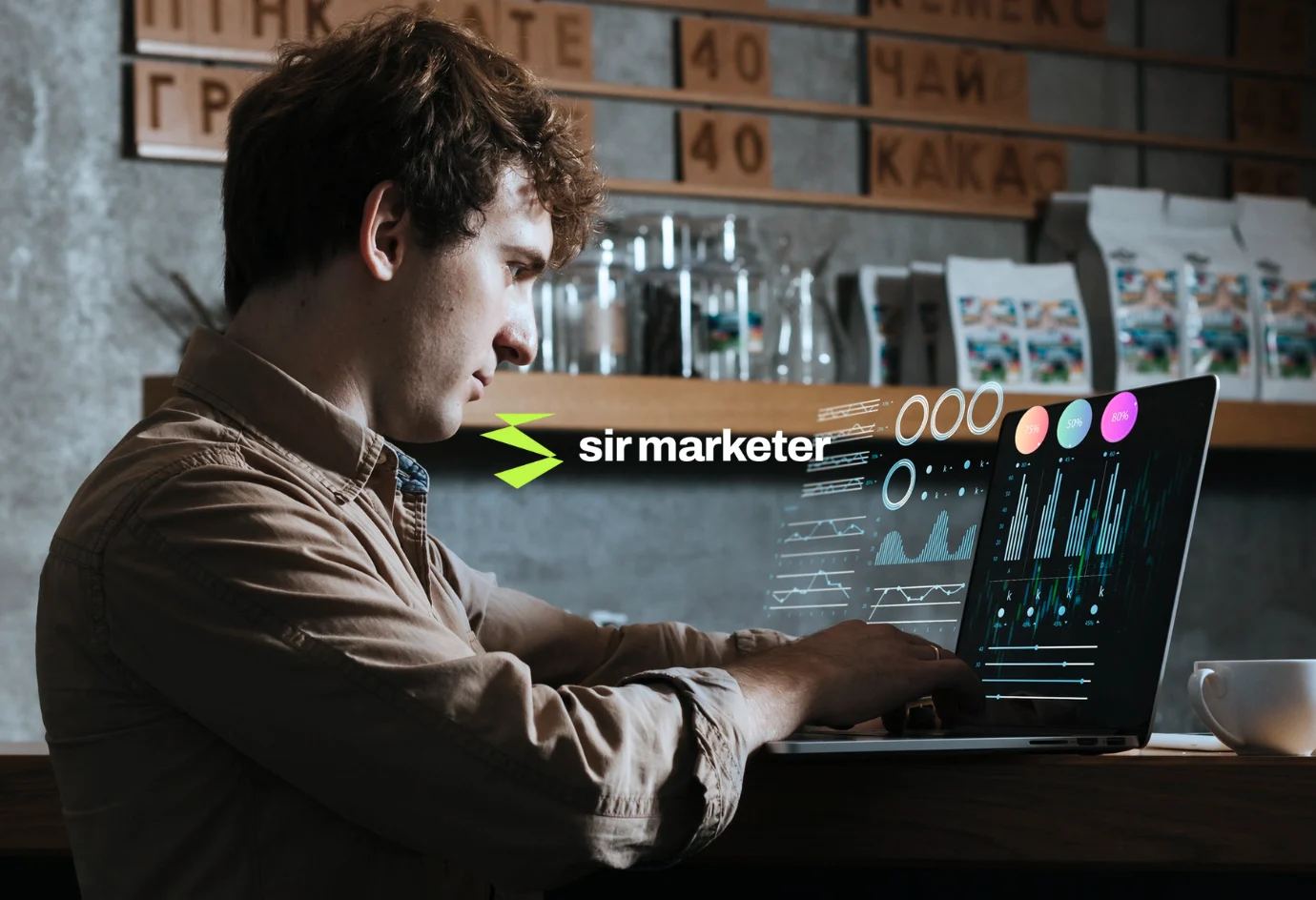
“The future of the web isn’t static—it’s personal.”
— Sir Marketer, Digital Dream Team

Website personalization is the process of creating customized user experiences based on data such as:

Instead of showing the same homepage or offer to every visitor, a personalized site adapts in real time to deliver relevant content, messages, and recommendations.
Examples:
“Welcome back, John!” for returning users
Product recommendations based on browsing history
Location-based offers (e.g., “Free shipping to California!”)
Displaying different CTAs for first-time vs returning users

A). Users Expect It
According to Epsilon, 80% of consumers are more likely to purchase from brands offering personalized experiences.
B). It Boosts Engagement
Personalized CTAs convert 202% better than default ones (HubSpot).
C). Improves Retention
People stay longer on sites that show relevant offers and content.
D). Enhances UX & SEO
Better engagement metrics (dwell time, reduced bounce rate) improve your organic rankings.
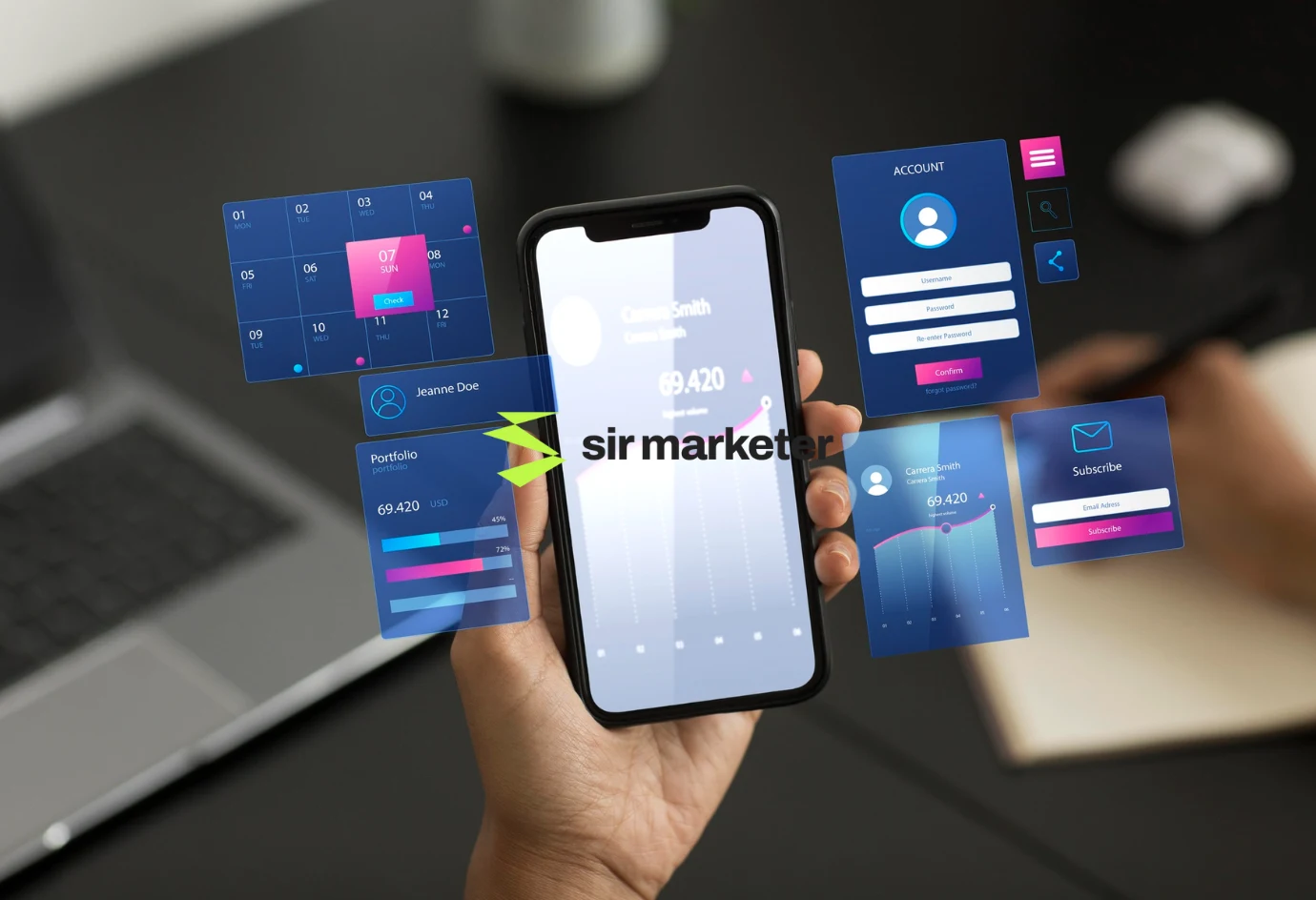
AI is the engine behind modern personalization. It enables real-time decision-making based on user behavior, machine learning, and predictive analytics.

Sir Marketer uses AI-powered tools to deliver smart content and CRO strategies tailored to each client’s target audience.

A). Behavior-Based Personalization
Adjust content based on:
Pages visited
Time on site
Clicked links or buttons
Example: Show a pop-up offering a free trial after 3 product page views.
B). Geolocation Personalization
Customize content based on city, state, or country.
Example: “Looking for SEO experts in California?” (If user’s IP = CA)
C). Device-Based Personalization
Serve mobile-first CTAs, buttons, and layouts for smartphone users.
Example: Click-to-call CTA for mobile, chat popup for desktop.
D). Referral-Based Personalization
Change messaging based on traffic source.
Example: A user coming from LinkedIn sees a CTA saying “We help marketers scale.”
E). Purchase History Personalization
Show returning customers their previous orders or similar products.
Example: “Welcome back! Complete your collection with this matching hoodie.”
F). Real-Time User Segmentation
Segment users instantly as:
First-time visitors
Returning users
Abandoning visitors
Active subscribers
And tailor the entire experience to that group.

Here are top tools that help implement AI-driven personalization:
Tool | Use Case |
|---|---|
| Optimizely | A/B testing & dynamic content |
| Segment | Real-time data segmentation |
| HubSpot CMS | Smart content blocks + CRM integration |
| Personyze | Real-time personalization, AI + behavior-based |
| ActiveCampaign | Behavior-triggered emails + site tracking |
| Google Optimize | Multivariate testing |
| ConvertFlow | Personalized popups + forms |
| Chatbase / Tidio | AI chatbots for lead qualification |
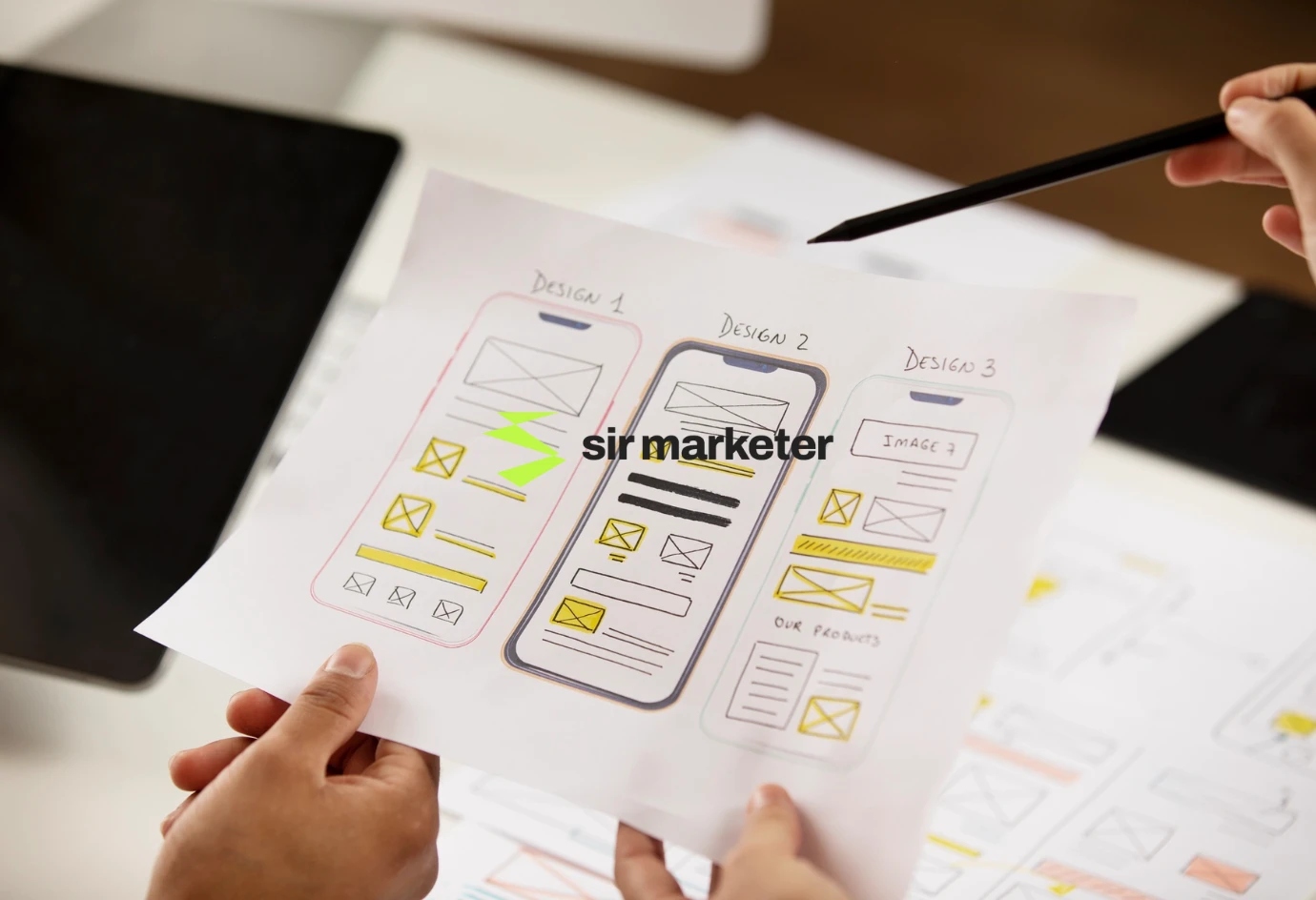
Start Simple
Begin with geolocation CTAs, exit popups, and behavioral triggers.
A). Use Clean Data
Segment based on accurate, GDPR-compliant data from your CRM or analytics.
B). Don’t Be Creepy
Use subtle personalization. “You were just looking at X” might feel invasive.
C). Keep Load Speed in Check
Avoid scripts or personalization tools that slow down your site. Performance = profit.
D). Test Everything
Use A/B and multivariate testing to determine what kind of personalization works best for different segments.
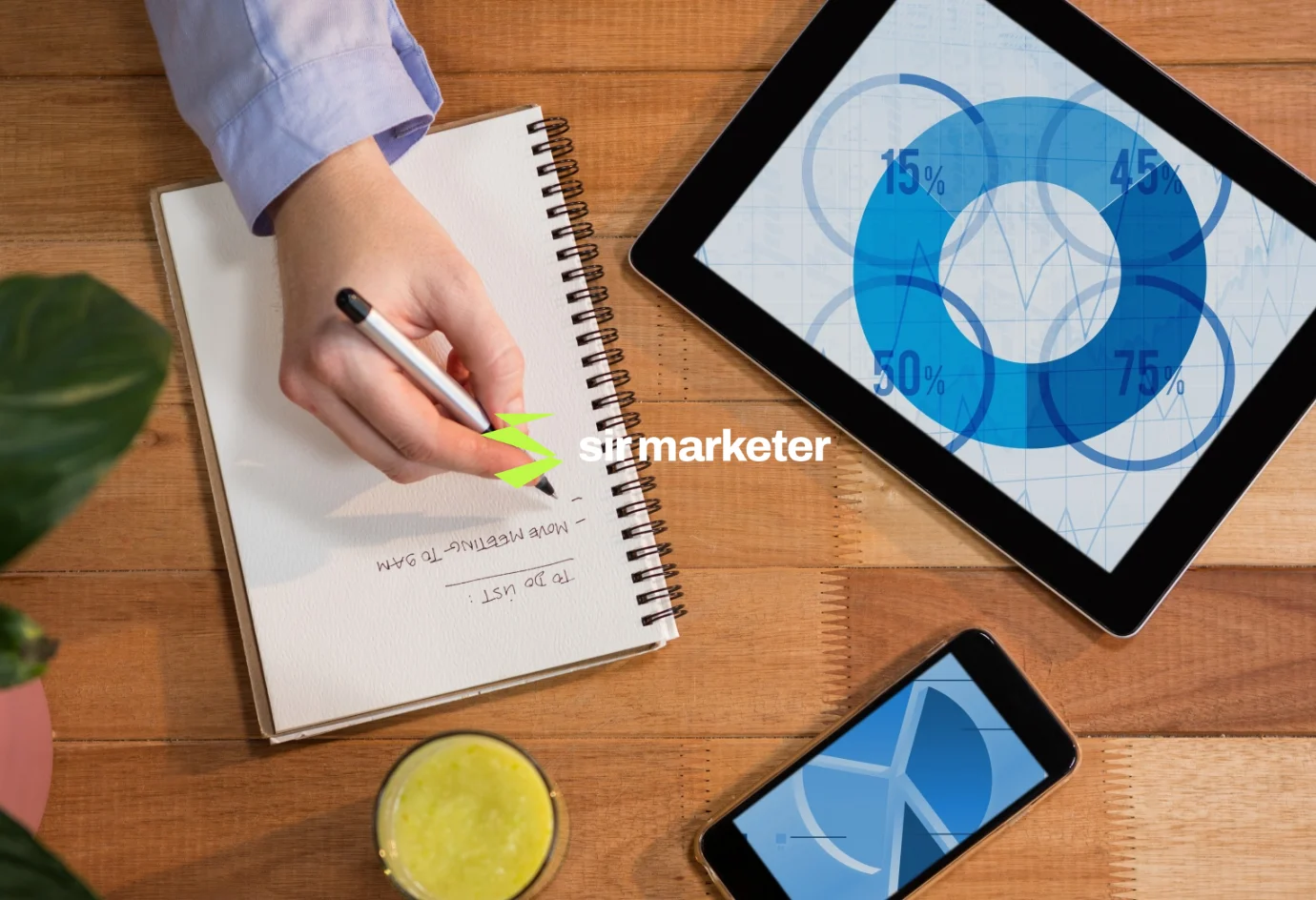
A). E-commerce Site
Returning user sees: “Welcome back! 10% off your next order”
Location-based shipping banner
AI-powered “Recommended for you” carousel
B). B2B Agency Website (like Sir Marketer)
First-time visitor: CTA = “Book a Free Strategy Call”
Returning visitor: CTA = “Pick Up Where You Left Off”
Industry-specific landing pages (SaaS, Ecom, Nonprofit)
C). Educational Blog
Reader scrolls 50% = pop-up: “Download the Full Guide PDF”
Frequent readers get recommended blog topics via email

While some fear personalization hurts SEO (since content varies per user), smart implementation actually boosts SEO:

Just make sure Google’s crawlers still see your primary, canonical content.

At Sir Marketer, every website we build incorporates personalization strategy from day one:

We don’t build generic websites—we build conversion-ready experiences.
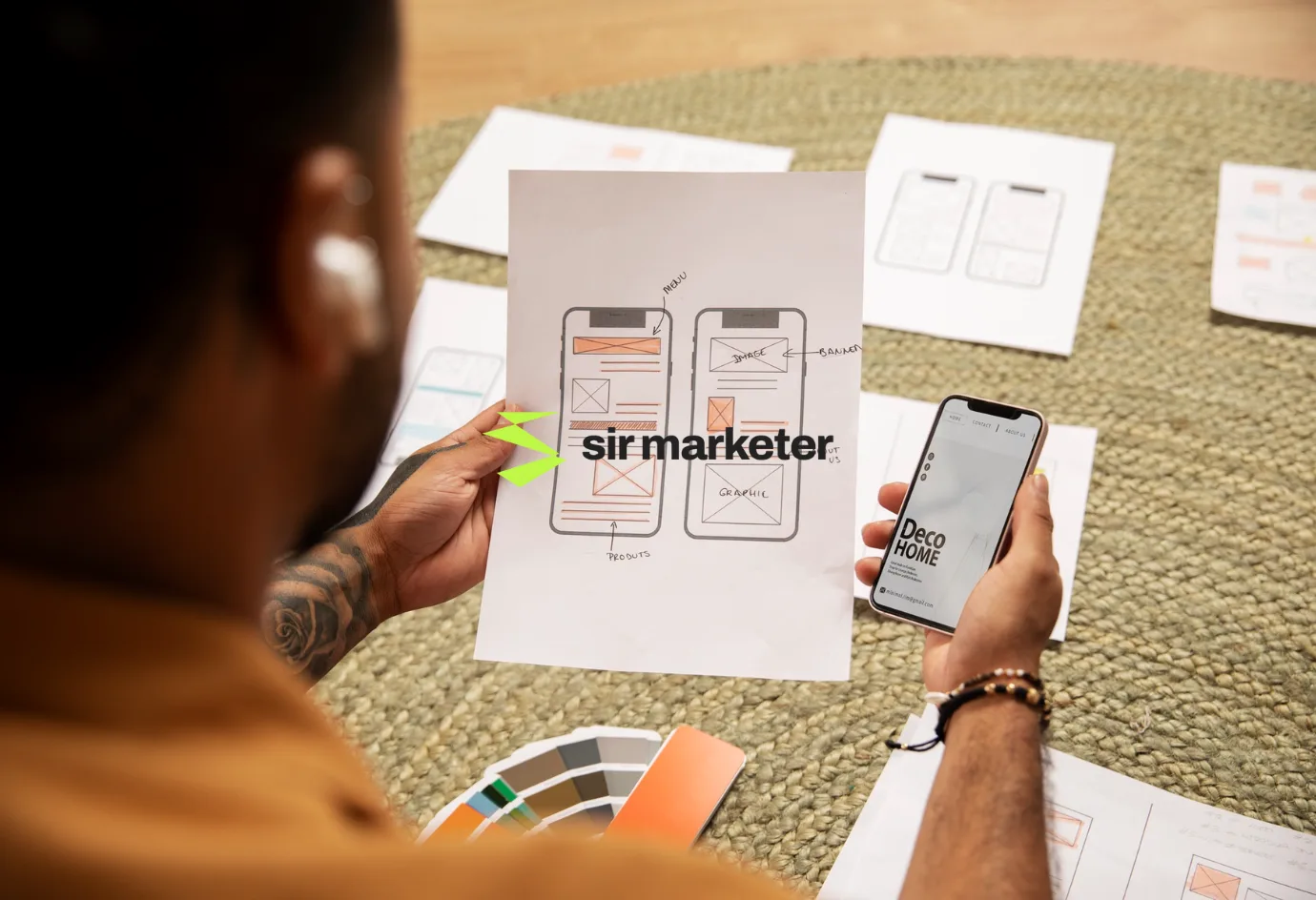
Here’s what’s coming next in this space:
A). Predictive UX
Sites will adapt based on predicted user behavior—not just past actions.
B). AI Copywriting On the Fly
Headlines and CTAs will dynamically change based on real-time feedback loops.
C). Voice-Based Personalization
Voice-search behavior will influence how content is displayed or read aloud.
D). Deep Behavioral Segmentation
AI will analyze micro-behaviors (scroll speed, mouse movement) to hyper-segment users.
Personalization isn’t a “nice-to-have” anymore—it’s expected.
If your website still treats every visitor the same, you’re leaving engagement, conversions, and revenue on the table.
With the power of AI, data, and behavior-based targeting, you can now create experiences that feel like one-on-one conversations—not mass messages.
At Sir Marketer, we help businesses build smarter websites that adapt, respond, and convert like never before.
Our team will answer all your questions. we ensure a quick response.